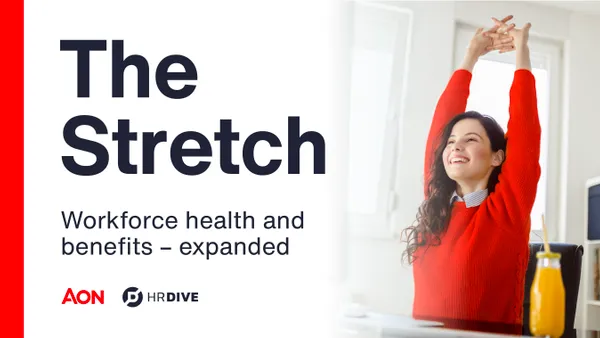Dive Brief:
- Sylvia Vorhauser-Smith, senior vice president of Research at PageUp People, discusses how in the war for top talent, workforce planning is the War Room of HR in a piece for Forbes. As the cornerstone of strategic human resources, the workforce plan certifies that human capital and talent management strategies run parallel to the business goals.
- Vorhauser-Smith says that as workforce plans hinge on effective forecasting, analysis, and preparation, the failure to craft and implement an effective one will almost certainly deliver an adverse impact to a company’s ability to acquire, inspire, and retain talent.
- For multinational corporations hoping to stay relevant and competitive, especially in the vibrant Southeast Asian market, now is the time to build workforce planning capabilities, according to Vorhauser-Smith.
Dive Insight:
There is a clear disconnect between workforce planning's importance and what is actually happening among some employers. For example, of nearly 700 respondents to PageUp People's Philippines survey, 95% admit that workforce planning is either business-critical or of high importance, but only 31% claim to be able to execute it effectively.
To close that gap, Vorhauser-Smith offers some best practices, including making workforce planning and strategic business planning parallel processes; ensuring your leadership values data-driven decision-making and promotes a culture of objective transparency; investing in a sophisticated data engine with analytical tools to generate meaningful workforce information; and hiring HR specialists who are adept at data modelling, interpretation, and forecasting.












